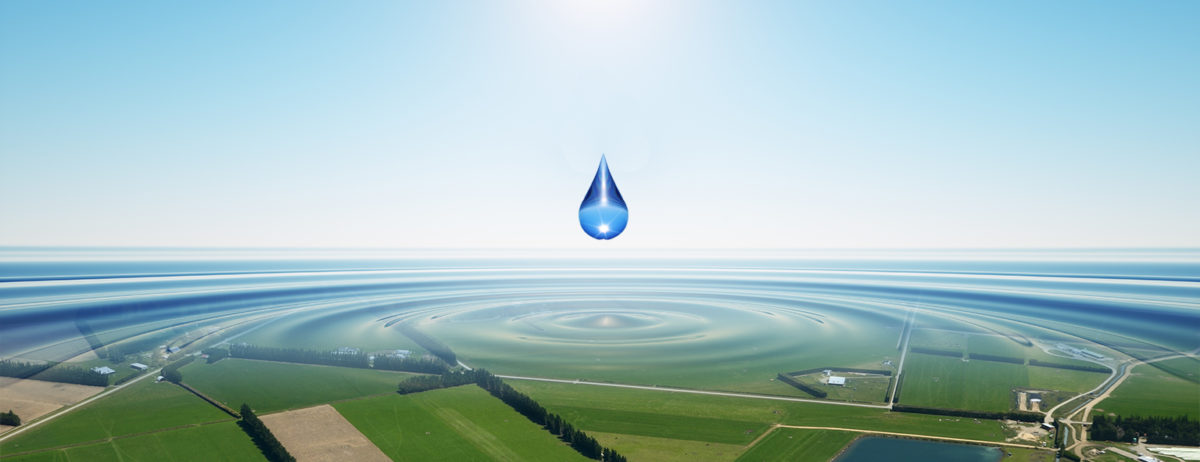New Zealand appears to be getting drier, Stats NZ said today, although it noted there is natural variation in precipitation due to seasons and cycles.
Average annual rainfall for the five years 2016–2020 was 3.1 per cent below the previous five-year average and 10.7 per cent below the five-year average for 1996–2000.
Between 2016 and 2020, New Zealand’s average precipitation, which includes rain, sleet, snow, and hail, was 504,988 million cubic metres. This was down from the average of 520,890 million cubic metres in the previous five years and down from an average of 565,691 million cubic metres in 1996–2000.
Average annual precipitation for five-year periods (million cubic metres), 1996–2020
| Five-year grouping | Precipitation |
|---|---|
| 1996-2000 | 565,690 |
| 2001-2005 | 528,307 |
| 2006-2010 | 533,877 |
| 2011-2015 | 520,890 |
| 2016-2020 | 504,988 |
“In 2019, seven out of the nine North Island regions experienced drought-like conditions, with their lowest precipitation over the entire timeseries (year ended June 1995–2020),” environmental-economic accounts manager Stephen Oakley said.
Of these seven regions, Northland had the largest percentage decrease in precipitation, with only around 64 per cent of the region’s average annual rainfall (between 1995–2020) in the June 2019 year.
In 2020, precipitation was relatively low in the North Island, while the South Island experienced a noticeable increase.
“This is the first time since 1998 that rainfall in the entire North Island was less than rainfall in the West Coast region alone,” Mr Oakley said.
Annual precipitation (million cubic metres), North Island and West Coast region, year ended June 1995–2020
| Year | North Island | West Coast |
|---|---|---|
| 1995 | 211,102 | 163,628 |
| 1996 | 209,259 | 170,636 |
| 1997 | 196,102 | 127,536 |
| 1998 | 163,612 | 163,998 |
| 1999 | 210,885 | 151,573 |
| 2000 | 171,542 | 150,893 |
| 2001 | 175,006 | 126,232 |
| 2002 | 193,056 | 140,844 |
| 2003 | 179,316 | 138,566 |
| 2004 | 221,626 | 156,283 |
| 2005 | 177,202 | 129,432 |
| 2006 | 199,607 | 138,690 |
| 2007 | 164,899 | 145,447 |
| 2008 | 184,971 | 126,582 |
| 2009 | 197,987 | 161,494 |
| 2010 | 184,906 | 150,284 |
| 2011 | 223,461 | 154,646 |
| 2012 | 180,925 | 110,480 |
| 2013 | 161,656 | 122,930 |
| 2014 | 172,096 | 148,096 |
| 2015 | 165,939 | 143,868 |
| 2016 | 165,230 | 152,718 |
| 2017 | 209,765 | 128,984 |
| 2018 | 193,672 | 114,407 |
| 2019 | 138,283 | 128,483 |
| 2020 | 142,547 | 151,465 |
While lower-than-average precipitation has had a large impact in North Island regions, the South Island experienced a less pronounced decrease.
The average precipitation in the South Island over the five-year period (2016–2020) was only 1.5 per cent below the previous five-year average.
Six out of seven South Island regions experienced a decrease in average precipitation (over 2016–2020) compared with the previous five-year average.
Southland was the only region to buck this trend with an average increase in precipitation of 6.6 per cent over the same period – effectively watering down the South Island precipitation deficit.
About the data
The water physical stock account pulls together data from the National Institute of Water and Atmosphere and the Institute of Geological and Nuclear Sciences Limited to illustrate how New Zealand’s physical stocks of water change over time.
Environmental-economic accounts: Water physical stocks year ended 1995–2020 includes datasets with national and regional information on water flows and hydro-generation water-use for the years ended June 1995–2020.
Water flows are available as annual and quarterly timeseries in the datasets, and are categorised into three groups:
- water inflows such as precipitation and inflows from other regions
- outflows such as evapotranspiration, and outflows to other regions and to the sea
- changes in storage such as soil moisture, lakes, reservoirs, snow, and ice.
The data is presented according to the hydrological year, that is the year 1 July to 30 June. The quarters are supplied as July to September; October to December; January to March; and April to June, with the first quarter being the quarter ending September.
This is the first time Stats NZ has released quarterly breakdowns of the data for the water physical stock account. The combination of quarterly and annual data in this release offers greater analytical flexibility with different reference years.
For example, precipitation could be examined as a March year to compare with quarterly, annual, or regional GDP or as a December year to see what effects a period of lower rainfall has had on emissions from the electricity, gas, water, and waste services industry.
Source: Stats NZ












